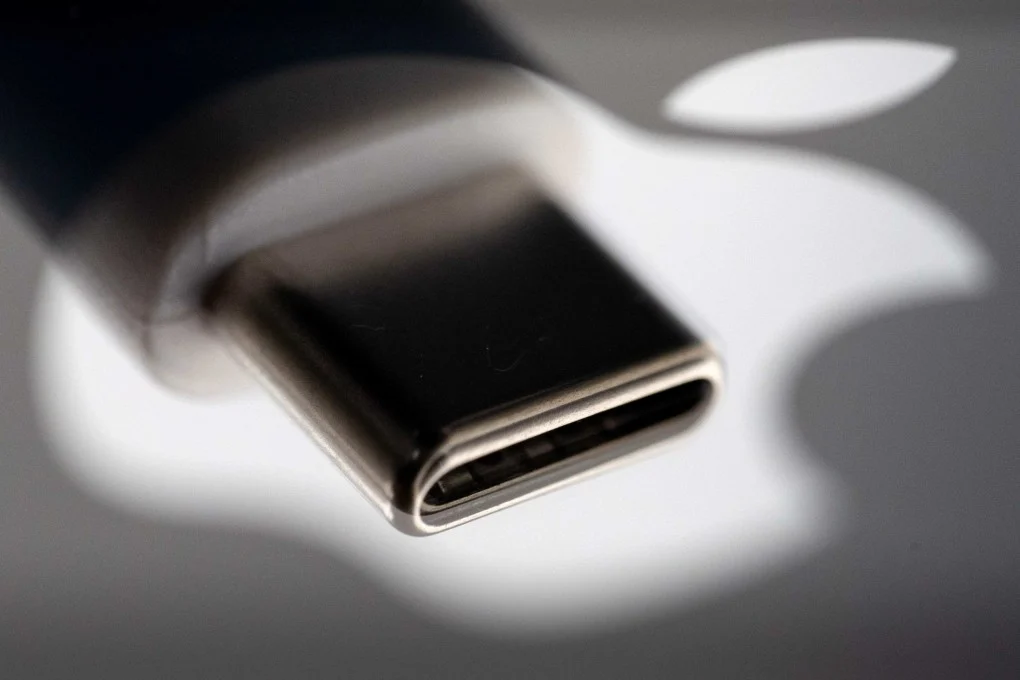
The EU Universal Charger Rules Are Now Live
The long-awaited EU universal charger rules are now officially in effect. These regulations aim to streamline the charging process for consumers by requiring a common USB-C charger standard across a wide range of electronic devices. This move is expected to bring multiple benefits, including reducing e-waste and improving convenience for consumers.
Why These Rules Are Necessary
Addressing E-Waste and Consumer Frustration
For years, consumers have struggled with the hassle of different chargers for various devices. Not only is this inconvenient, but it also contributes to a growing problem of electronic waste. With the introduction of a universal charger, the EU aims to tackle both of these issues. By mandating USB-C as the standard, the new rules promise to simplify device charging, while also helping reduce the environmental impact of discarded chargers.
What the New Rules Entail
USB-C Becomes the Standard Charging Port
Under the new EU rules, all portable electronic devices such as smartphones, tablets, cameras, and other electronics must now feature the USB-C charging port. This decision eliminates the need for consumers to carry multiple chargers and cables for different devices. With this change, charging becomes more convenient and accessible, making life simpler for users across the EU.
How Tech Companies Are Affected
Adjustments Required for Manufacturers
Tech companies, especially those in the smartphone and gadget industries, will need to comply with these regulations. Many manufacturers will have to redesign their devices to incorporate USB-C ports. This shift is expected to impact device packaging as well, with chargers likely no longer included in the box for many products. Manufacturers will also need to rethink their approach to charging technology to ensure full compliance.
Benefits for Consumers
Simplified Charging and Reduced Costs
The immediate benefit for consumers is the simplicity that comes with using a universal charger. People no longer need to buy separate chargers for each new device. Instead, a single USB-C charger can be used across multiple products. This could lead to significant cost savings over time, especially for families or individuals who own a variety of tech gadgets.
Reducing E-Waste: A Step Toward Sustainability
A Green Initiative for the Tech Industry
Another key benefit of the EU universal charger rules is the reduction of electronic waste. Every year, millions of chargers are discarded when consumers upgrade to new devices. By standardizing the charging port, the EU hopes to significantly cut down on this waste. The move is seen as an important step in making the tech industry more sustainable, aligning with the EU’s broader environmental goals.
What’s Next for the EU and the Tech Industry?
Expanding the Scope of Sustainability Efforts
The EU’s move to implement a universal charger standard is just one example of its growing push toward environmental sustainability in the tech industry. Future regulations may target other aspects of product design to further reduce waste. As the EU continues to lead the way in green tech policies, other regions may follow suit, creating a global shift toward more eco-friendly practices in electronics.
Conclusion:
A Win for Consumers and the Environment
In conclusion, the EU’s universal charger rule represents a major shift in the tech landscape. By adopting a single standard for charging, the EU is not only making life easier for consumers but also playing a key role in reducing e-waste. As this new rule takes effect, both consumers and tech companies will see long-term benefits, including cost savings, convenience, and a greener future for technology.